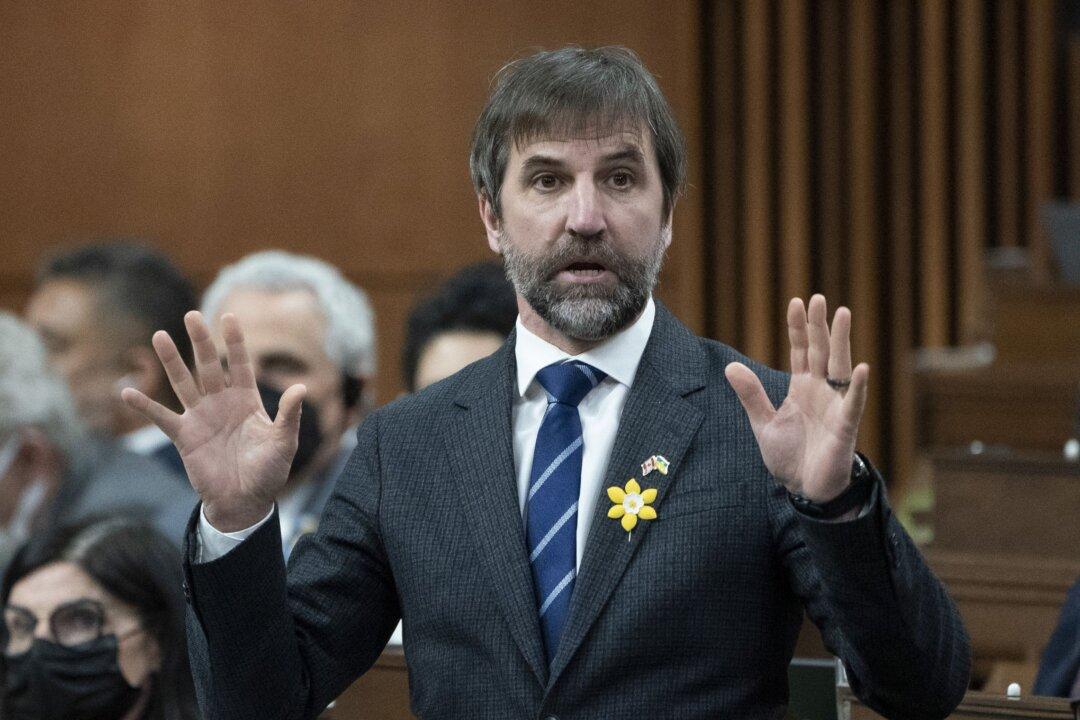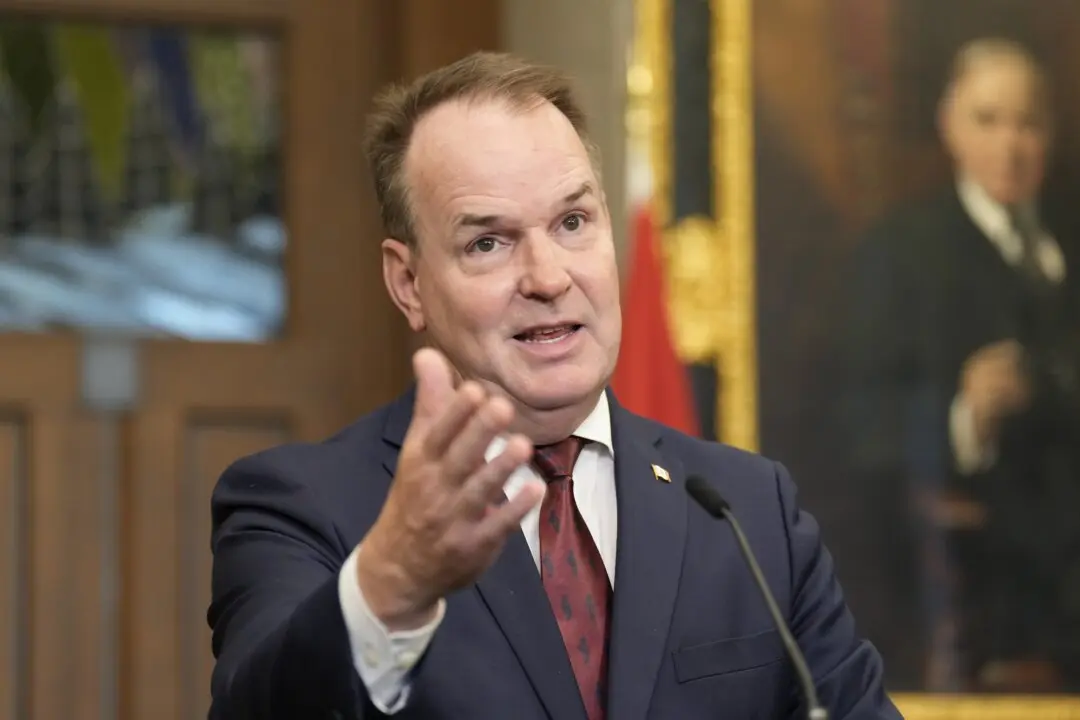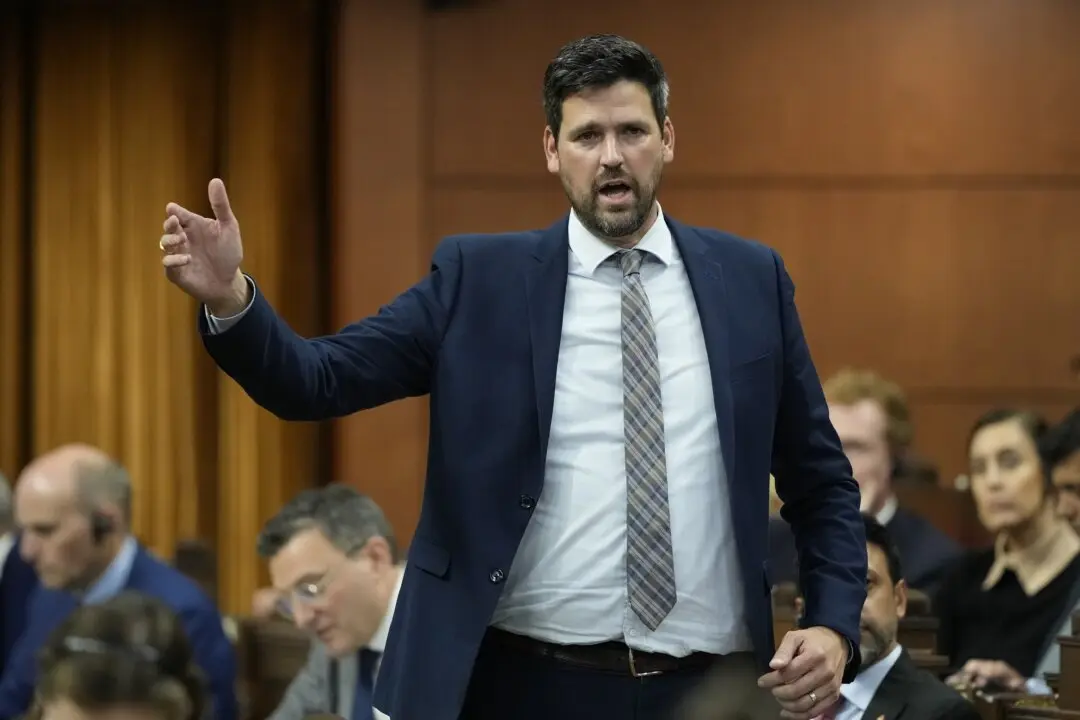The federal government has released a discussion paper outlining two options to cut emissions from the oil and gas sector to achieve 2030 targets and net zero by 2050, and is calling on stakeholders to provide input.
The two options proposed by the Liberal government include the development of a new cap-and-trade system and the modification of existing carbon pollution pricing systems.





